The Edo Period, also known as the Tokugawa Period, was considered the last period of history that was considered ‘traditional’ and ‘olden’ Japan.
This era was characterized by strict samurai ruling, rapid economic growth, peace across the prefectures, borders closed, cultural revolutions, and in particular, the major urbanization of Japan.
For example, it was during this period that such forms of entertainment as Kabuki and Haiku became popular. It was also during this time that sushi came into existence!
In fact, there are many interesting cultural and traditional aspects of Japan that emerged during the Edo Period that you probably didn’t know.
Let’s have a look at some of them with these 10 Edo Period Facts!
1. Sushi was the ‘fast-food’ option of the Edo Period
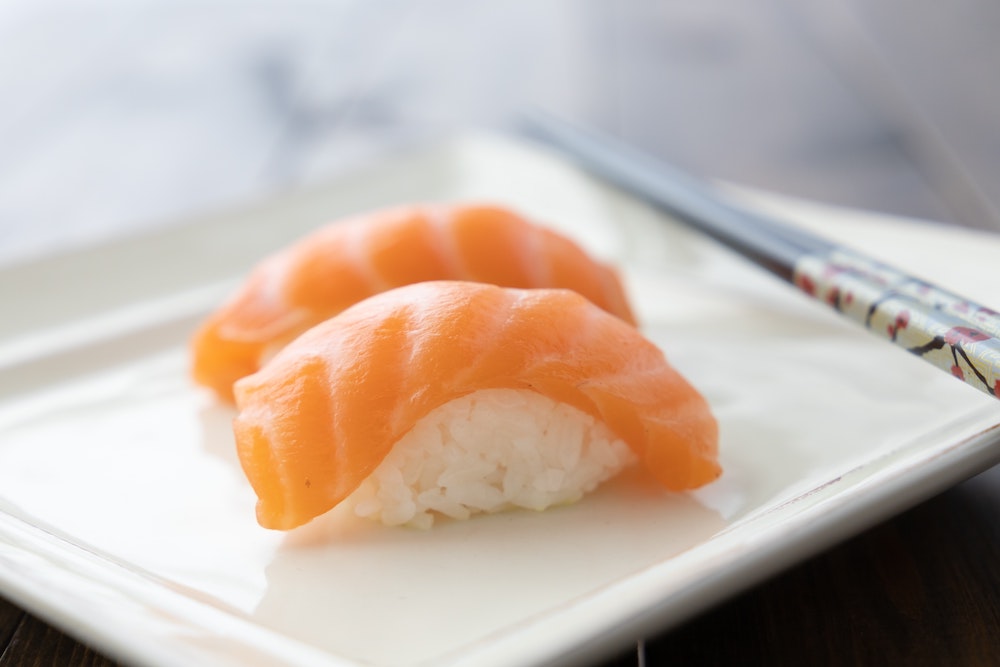
Sushi may seem like a Japanese dish that has been around forever, but it was actually invented by a street vendor as a snack during the Edo Period.
Back then, it was tasty, nutritious and cheap, and thus became a staple for the less affluent people in Tokyo.
Due to the industrialisation efforts of the Shogunate, there were many construction workers who were mostly single men who either did not know how to cook or were too tired after work. Sushi was the easiest option, and fast became one of the most popular options for food.
However, it wasn’t until the early to mid 1900s that its popularity spread around Japan, as this was when technology caught up and made refrigeration and transportation easier.
Read More: 10 Things Not To Do When You Eat Sushi In Japan
2. Women shaved their eyebrows after marriage (amongst other things!)
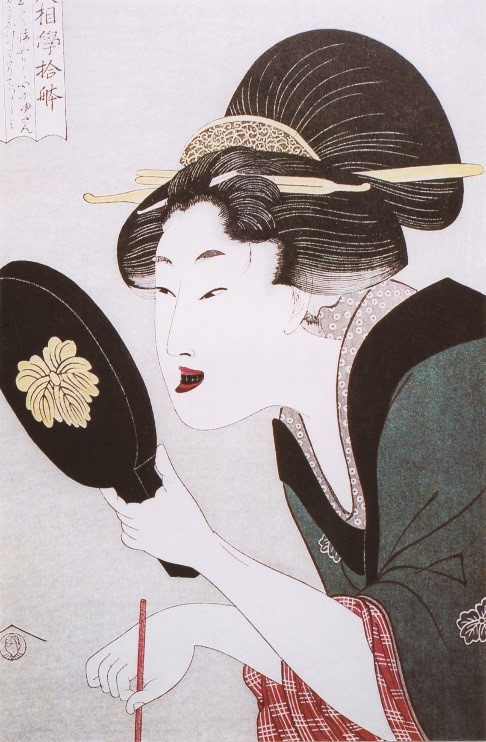
It’s often the case that beauty is in the eye of the beholder when it comes to the beauty traditions of the other cultures, and it certainly was the case with Japan during the Edo period.
This might come across as quite a surprise, but Japanese women shaved off their eyebrows once they got married!
On top of that, they would also paint their teeth black, their faces white and their lips red.
This was considered the standard of beauty for married women back then, and was believed to be quite ‘attractive’.
You May Also Like: 10 Japanese Female Beauty Standards
3. One criminal punishment was to be sent to the remote Izu Seven Islands
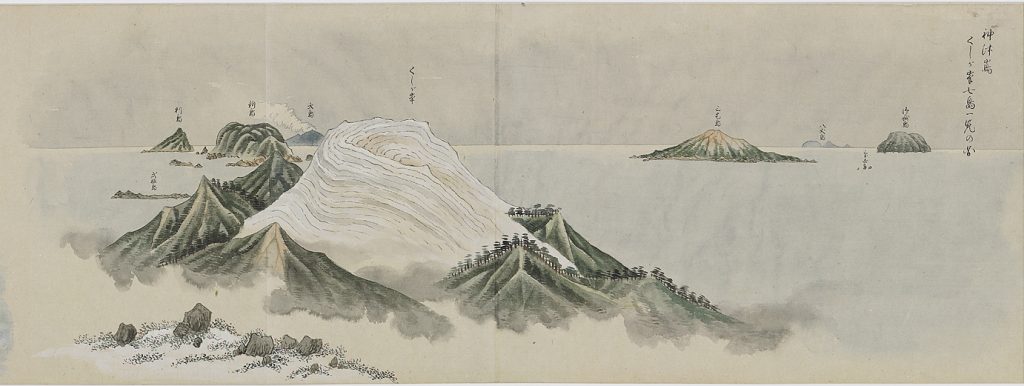
If you committed a crime, one of the punishments during the Edo Period was to be sent to the Izu Seven Islands, not far off the coast of Tokyo.
However, some of the islands were quite rich in nature, the climate was pleasant all year around, and the local people were welcoming.
Some criminals, after serving their time, simply did not want to go back to Edo. They would try to return to Izu after a stint back in Edo, or marry a local girl and settle down there.
Other islands in Izu were uninhabitable, and the criminals who were sent there would starve to death.
4. 70% of the population were men
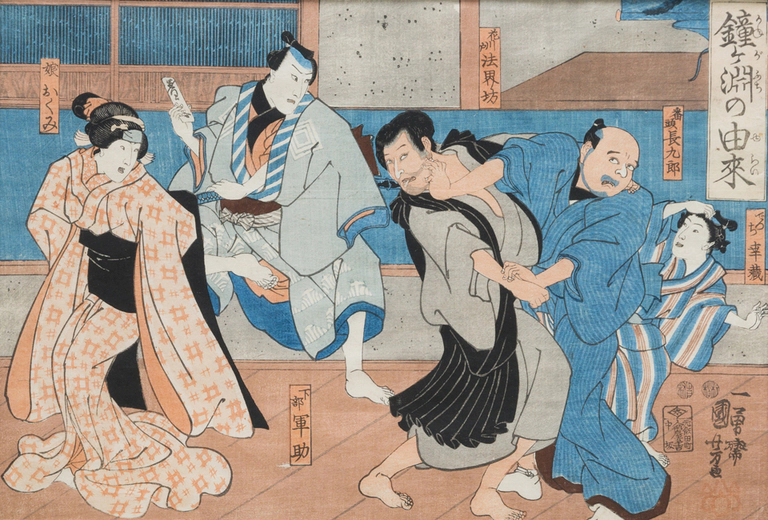
Women accounted for roughly 30% of the population during the Edo Period. Most women were married off between the ages of 15 to 18, and it was actually considered embarrassing for a woman to be single after the age of 18.
Men, however, often did not get the opportunity to marry until after they were 25, mainly due to the responsibilities and requirements of their jobs. Majority of men would actually marry closer to the age of 40; this is due to the fact that they spent their lives serving businesses.
It was during this era that the ‘age gap marriages’ inevitably became a thing. It was normal for a 40-year-old to be in public with his 16 year old wife.
5. Samurai were paid in rice
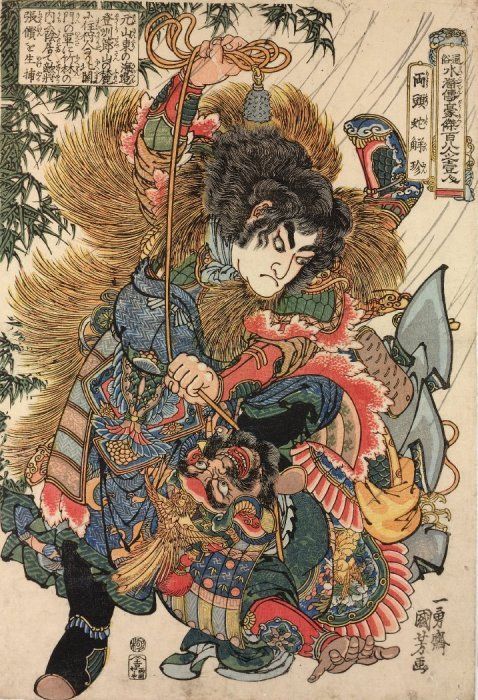
You’d think that the strong, fierce warriors of Edo Japan were swimming in luxury and gold, but in fact, they were paid in stipends of rice back in the day!
Rice was considered a measurement of wealth, and for samurai, this was what kept them and their families fed and full, and what they fought so hard for.
Samurai generally ate husked rice, and rice cakes (wrapped in large leaves) were considered a special and popular roadside treat.
Read More: 10 Types Of Japanese Swords Used By Samurai
6. Leaving and entering Japan could mean the death penalty
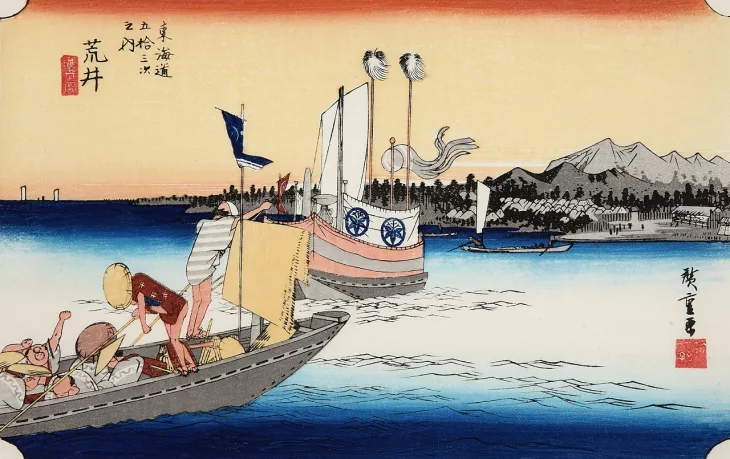
During the Tokugawa Shogunate reign, international trading and borders were temporarily closed for quite a period of time.
Sneaking off and sailing overseas did not just result in being punished, it simply resulted in death if you were caught!
They considered those who returned from other countries ‘tainted’ and were essentially traitors. As bizarre as it sounds, they did not want the ‘purity’ of the Japanese population touched by those who returned from overseas, and thus they were given the swift death penalty.
This was not reserved only for Japanese people returning from overseas, but also foreigners who entered Japanese land.
7. Almost every child got an education
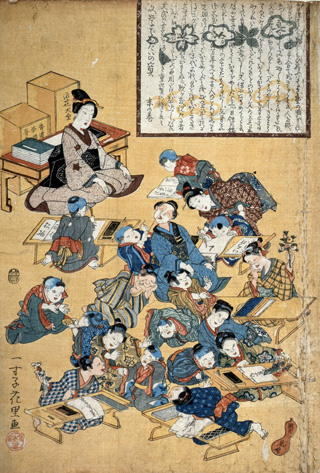
Back then, this was a huge deal.
During Edo Japan, almost every child was encouraged or forced to receive an education. Even rural farmers in the countryside, with their lack of schools, pushed their children to persevere and travel distances to get an education so that they knew how to navigate such things as taxes.
Children in Japan were taught a variety of lessons, such as reading, writing, and using an abacus.
Compared to the much more globally recognised industrialized England, where only 20-25% of their children attended school, Japan’s approximate 85% of children attending school was super impressive.
8. The public baths were used daily by almost everybody, together
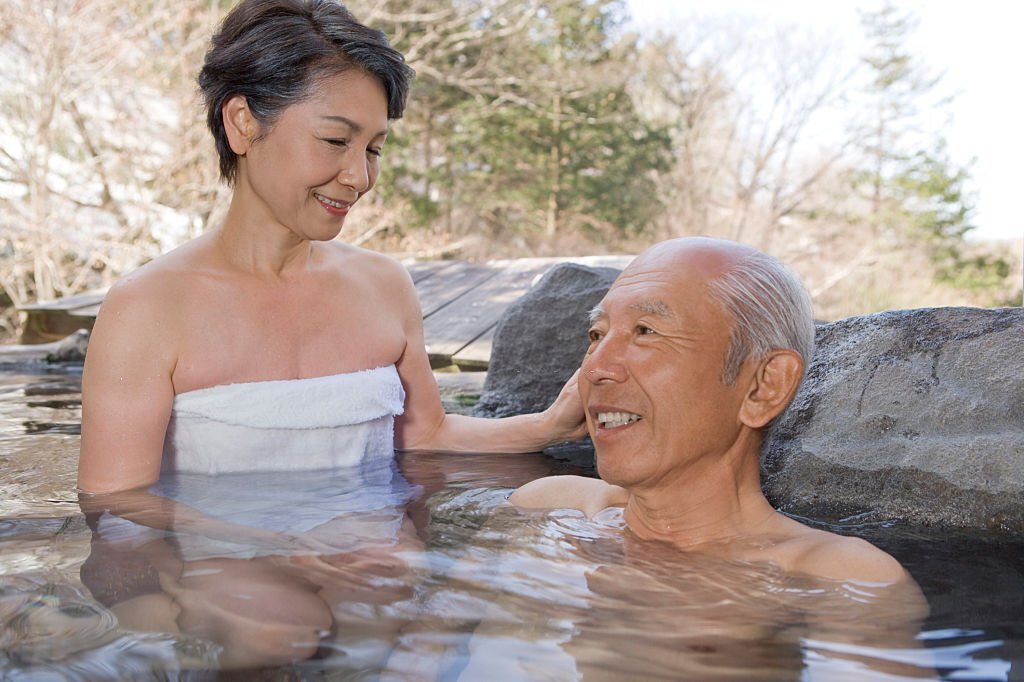
Back during the Edo period, there were up to 550 public bath houses across Japan!
This made it easier and much more convenient for people to simply bath at these bath houses rather than running water at home. Some found it so convenient that they would bath twice a day!
What’s more, public baths were mixed for a period of time during the Edo Period. However, the Shogunate banned mixed bathing for a while, believing it to oppose public morals.
This led to an uprising by the owners of public bathhouses because of the skyrocketing costs of running separate bathhouses for men and women, and mixed bathing soon returned.
Read More: All You Need To Know About Konyoku | Japanese Mixed Onsen
9. Everything was recycled
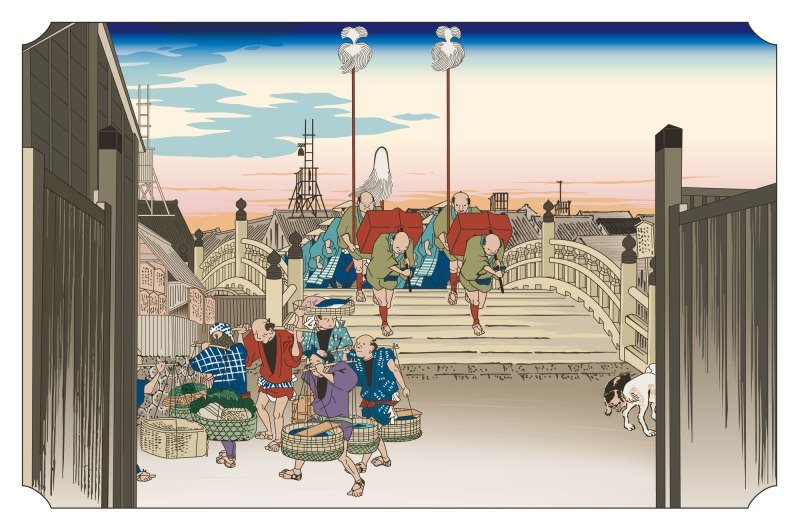
This is one of the most interesting Edo Period facts!
When the Shogunate closed off Japan’s borders to the world, their isolation meant that they needed to be smart about their local resources to become as self-sufficient and independent as they could. This meant that they needed to recycle and reused as many resources as possible.
Specialized jobs were created to collect and recycle everything and anything, from clothes, paper, barrels, and so on – this included human waste!
You might be thinking, how on earth did they recycle human waste back then?
Well, it was used as soil to fertilize fields to grow from crops!
Quite a full-circle moment, don’t you think?
10. Guns were non-existent
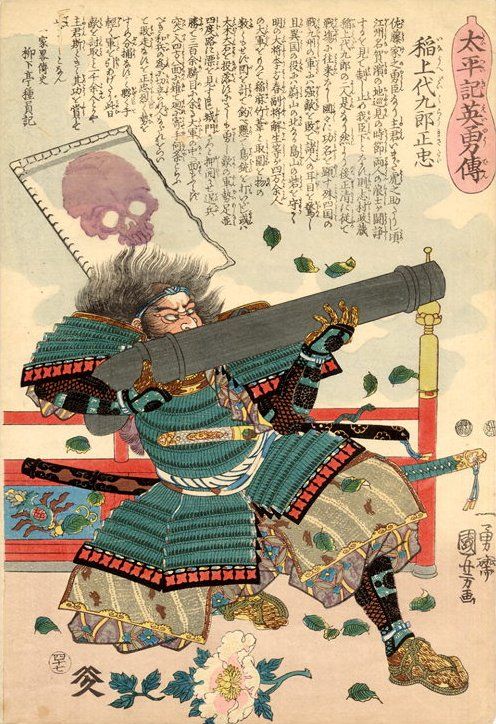
When Japan closed off its borders to the world, they effectively sought to gain complete control of firearms across the entire country due to the limited imports and exports.
After a period of peace, without any threats from overseas invaders, they simply got rid of firearms altogether. By 1706, there were less than 100 firearms across the country, and very limited knowledge on how to create them.
—
I hope you enjoy these 10 quite surprising Edo Period Facts. The Edo era was such an important period of Japan’s history, and it is absolutely filled with interesting facts that are so far-fetched and removed from today’s society.
However, as with history across most countries, it is what created the building blocks of the Japan that we all know today.
If you are into Japanese traditional culture and history, feel free to continue to discover the mysteries of Japan with the best books about Japan.
Which one of these interesting facts about Edo Japan surprised you the most? Let us know in the comments!
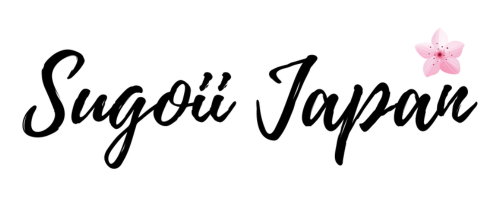

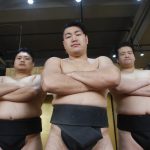

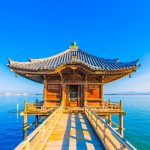
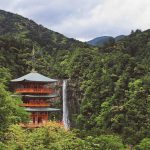
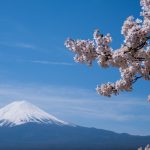
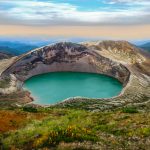
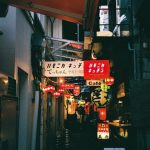
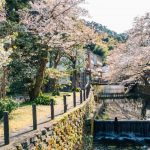
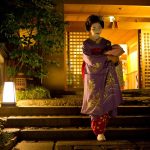
Thanks a lot enjoyed the article. Good work!
Greetings from Rotterdam, from Martina
Thank you for your support Martina! 😀